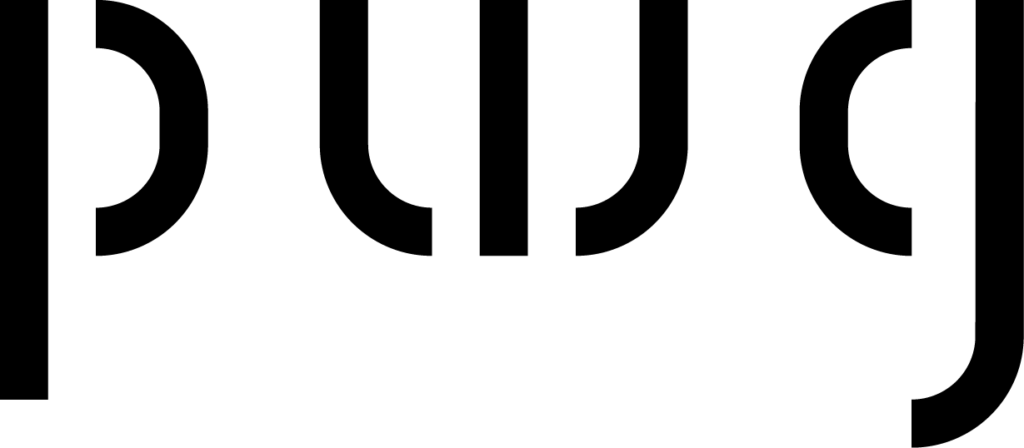
Top Eleven Reasons to Use Backlit Fabric Graphics
Backlit fabric graphics have become the latest rage due to advances in fabric options, printing technology, advances in lighting, and overall greener production approaches. Backlit interior signage has been around for years, used for retail advertising around the world. The former film product certainly did the job, but newer fabric version offers lower cost, greener solutions, ease of handling, and even greater eye-popping graphics! Not only that, but now they’re available in colossal sizes, such as eight by forty feet long!
Formerly, all backlit signs were printed on a film called “duratrans.” This film product is processed in traditional photo chemistry. We all know that photo chemicals are not the best product for our environment (nor its byproducts, such as unclaimed silver). The vulnerable reflective surface of the film itself always invites risk of damage while in transport, therefore requiring lamination or a plexiglass cover for protection. The protective cover is an added step with added cost. The glossy surface of most duratrans also introduces glare from varying angles of view. This plex sandwich is indeed a weighty solution, so costs for shipping and handling are naturally higher.
Now enter backlit fabric graphics created with dye sublimation fabric transfer printing and LED lighting. (1)The color saturation and apparent sharpness of the image beat the old duratrans hands down. You can thank digital technology for that! (2)There are a vast variety of fabrics now available suited to meet the needs of your image. Different weights, textures, and translucency, along with recycled fabric options are available. (3)Backlit fabric graphics are easilybe slipped into a lightbox by way of a sewn-in silicone edge slipped into a channel. (4)The fabric surface is not reflective, so glare is not longer an issue. (5)The cost of printing fabric versus printing duratrans is appreciably less. (6)Printing fabric with dye sublimation transfer printing is a greener solution because of acqueos-based inks.(7)The new light sources in fabric-lit boxes are not nearly as cumbersome as the daylight flourescent foot long tubes. (No longer the fragile, breakable tubes of yesteryear!) Lightweight, efficient LED bulbs are used to light fabric, and (8) this uses lower power consumption. (9)Don’t be fooled because these tiny powerhouses will light across an area of eight to ten feet. (10)But best of all, these tiny bulbs last tens of thousands of hours! (11) And the lightboxes themselves are now available in recycle aluminum. Remember, the new backlit fabric graphics cost less, weigh less, are easier to handle and provide a big improvement for the eyes and the environment! So what are you waiting for? Give us a call to try out this new improved product @ 1800-829-4562.
Recent Posts
Archives
- September 2016
- March 2016
- December 2015
- November 2015
- October 2015
- August 2015
- July 2015
- June 2015
- May 2015
- April 2015
- January 2015
- November 2014
- October 2014
- August 2014
- July 2014
- June 2014
- May 2014
- April 2014
- March 2014
- February 2014
- January 2014
- December 2013
- November 2013
- October 2013
- September 2013
- August 2013
- July 2013
- June 2013
- April 2013
- November 2012
- October 2012
- September 2012
- August 2012
- July 2012
- June 2012
- May 2012
- April 2012
- March 2012
- February 2012
- January 2012
- December 2011
- November 2011
- October 2011
- September 2011
- August 2011
- July 2011
Categories
- & mounting
- ADA signage
- airport graphics
- Backlit Fabric Graphics
- backlit graphic
- backlit graphics
- blog
- Contour cuts
- digital imaging
- Dye Sub
- Dye Sublimation Graphics
- Fabric Graphics
- fabrication for architects
- finishing
- Finishing services
- Framing
- Giclee
- Large format graphics
- Latex prints
- Lightjet prints
- Lightjet Prints
- Museum Exhibits
- Outdoor banners
- Prints on metal
- Sports Facility Exhibits
- Trade Show Displays
- Uncategorized
- UV Direct Prints


Recent Comments